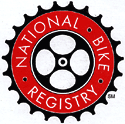Locking Your Bicycle
|
|
|
|
|
|
|
The following illustrations and tips show the best way to secure your bike and keep it safe. |
|
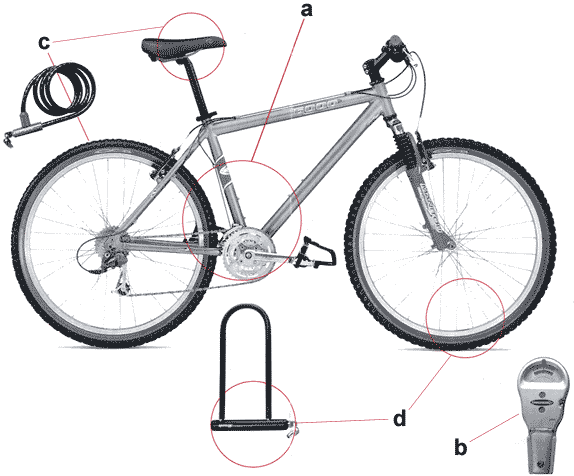 |
|
|
|
|
| c: Always secure your components and accessories, especially those that can be easily removed, such as quick-release wheels and seats. Use your cable lock on these items looping it through them first and then through your U-lock. | |
| d: Try not to let your lock rest against the ground where a thief can smash the lock. And, if your U-lock has its keyway on the end of the crossbar, place the lock with its keyway end facing down toward the ground. This makes it harder for the thief to access your lock. | |
|
Register your key number(s) with the lock company that made your lock. Kryptonite, for instance, offers lifetime key registration and 24-hour key-replacement services. |
The National Bike Registry |
|
Everything on this page is courtesy of Kryptonite, makers of the best bike locks for over 30 years. |
|

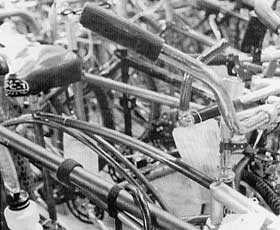

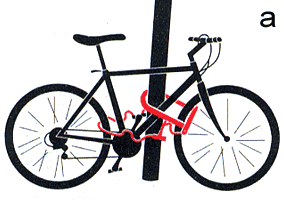
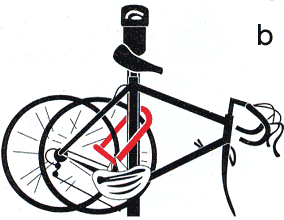
 Buy high-quality locks. Kryptonite, for instance. Cheap locks will only waste your money and give you a false sense of security.
Buy high-quality locks. Kryptonite, for instance. Cheap locks will only waste your money and give you a false sense of security.
 In high-theft areas, 2 locks are better than 1. It stinks, but it's true. Combine a cable and a U-lock, or even 2 U-locks. The more time and trouble it takes a thief to attack your bike, the less likely your bike will be stolen.
In high-theft areas, 2 locks are better than 1. It stinks, but it's true. Combine a cable and a U-lock, or even 2 U-locks. The more time and trouble it takes a thief to attack your bike, the less likely your bike will be stolen.
